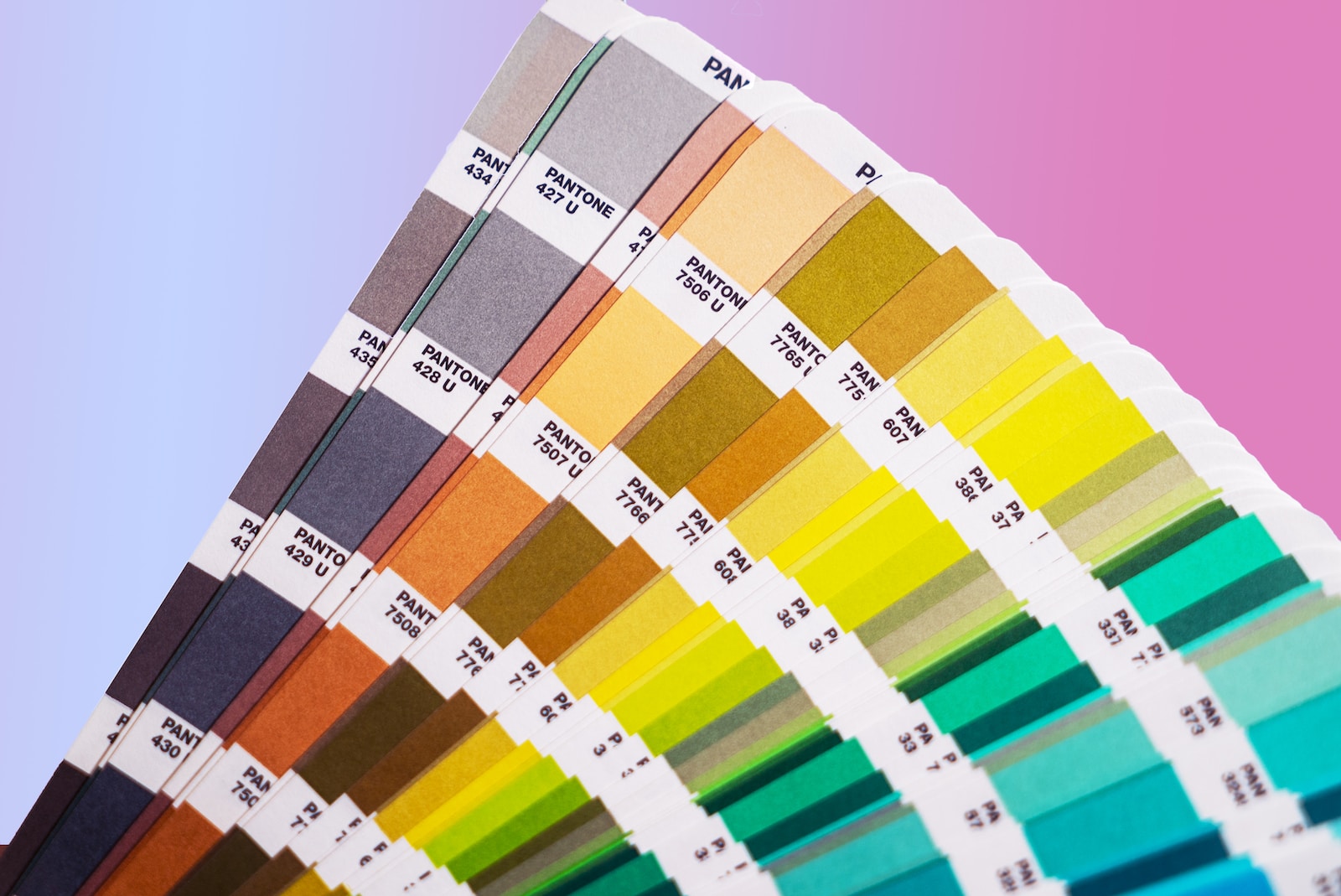Color your life and prevent cardiovascular disease
Have you ever given thought to the colors of your food? We suggest you eat colorfully! You should alternate different colored foods daily, because studies have shown that the pigments that color fruit and vegetables, known as phytonutrients, do not just have a visual effect, but can also have beneficial effects on the entire organism. Some of these phytonutrients are flavonoids, phenols, terpenes and isothiocyanates. Each of these pigments carries out different functions, which you can classified based on their color. We will now look at the colors that help lower high blood pressure and prevent cardiovascular disease.
Red
Red colored fruit and vegetables are distinguished by their antioxidant properties and their ability to prevent tumors and cardiovascular disease, including hypertension. Lycopene, particularly prevalent in tomatoes and watermelon, helps prevent breast, ovarian and prostate cancer. Anthocyanins and carotenoids, of which cherries and blood oranges are particularly rich, are an excellent aid in the cure of vascular diseases and capillary fragility. Red foods are richer in vitamin C, favor the production of collagen, maintain blood vessels healthy, stimulate the immune system and improve the healing of wounds. Vitamin C is also responsible for the absorption of iron found in fruit and vegetables.
White
White colored fruit and vegetables strengthen the lungs and bone tissue. Quercetin contained in these foods is a potent antioxidant that protects the body from the risk of tumors. As well as being rich in vitamins, fiber, potassium and other minerals, they also contain isothiocyanates, which are excellent for preventing cell aging. Garlic, onion and leek even contain a substance that increases the fluidity of blood, lowering blood pressure levels and the probability of developing cardiovascular diseases or thrombi. Selenium (prevalently found in mushrooms) helps prevent hypertension and anemia.
Blue-purple
Blue/purple colored foods contribute to an efficient urinary function (especially wild berries), as well protecting eyesight (blueberries in particular) and preventing tumors and cardiovascular disease. Anthocyanins carry out an important antioxidant function and defend the organism from diseases caused by circulatory problems, they protect capillaries, prevent atherosclerosis caused by high levels of cholesterol and inhibit platelet aggregation. Currants and red cabbage also favor the formation of carnitine and collagen, as well as having antioxidant properties due to their vitamin C content. Red cabbage also contains beta-carotene, and just like figs, currants, blackberries and prunes, contains potassium that protects bone tissue and fights cardiovascular diseases and hypertension. Eggplant is rich in magnesium and contains very few calories. Blue/purple fruit and vegetables are also rich in fiber and carotenoids, active against neuro-degenerative diseases and aging of the skin.
Green
Chlorophyll, responsible for the green color of many fruits and vegetables, has a powerful antioxidant action, while carotenoids in these foods help prevent coronary disease and many kinds of tumors. They are also responsible for eyesight and the development of epithelial cells. These foods are particularly rich in magnesium, a very important mineral that favors the metabolism of carbohydrates and proteins, favors the absorption of calcium, phosphorus, sodium and potassium, regulates blood pressure levels and the transmission of nerve impulses. Broccoli, parsley, spinach and kiwi are very rich in vitamin C and therefore favor the absorption of iron found in fruit and vegetables, possess antioxidant properties and help prevent cardiovascular disease, neurological disease and tumors.
Orange
Like red foods, yellow and orange fruits and vegetables help prevent tumors, cardiovascular disease and cell aging, as well as strengthen eyesight. The secret is in the flavonoids, which prevalently act at a gastro-intestinal level, neutralizing the formation of free radicals. The high content of beta-carotene protects the organism from damage caused by free radicals. Furthermore, it is absorbed with fats without the risk of overdose, as can happen with excessive use of dietary supplements. Beta-carotene also has a potent pro-vitamin and antioxidant effect and is a precursor of vitamin A, which is important for growth, reproduction, tissue maintenance and of immune function. Peppers, lemons and oranges, which are particularly rich in vitamin C, have an intense antioxidant effect and contribute to the production of collagen.
Scientific articles below:
- PON1 and Mediterranean Diet (Nutrients. 2015 Jun; 7(6): 4068–4092) http://www.ncbi.nlm.nih.gov/pmc/articles/PMC4488773/
- “Towards an even healthier Mediterranean diet”. (Nutr Metab Cardiovasc Dis. 2013 Dec;23(12):1163-6.) http://www.sciencedirect.com/science/article/pii/S0939475313002044


